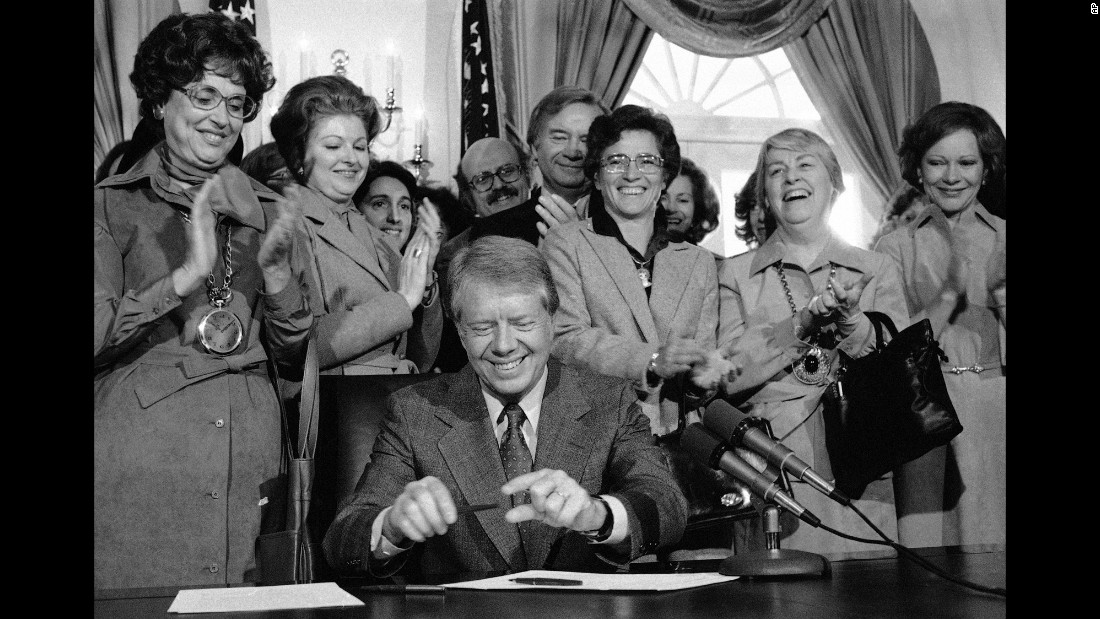
This Day in Labor History: November 5, 1916. Police and their thugs in Everett, Washington slaughter between 5 and 12 members of the IWW as they attempted to dock in the town to organize there. Let's talk about the Everett Massacre! 

Shingle weavers lived a tough life. You could always tell who was new to the job. The newbie had 10 fingers. Shingle weavers created roofing shingles out of raw pieces of cedar.
They did so with bare hands and whirring buzz saws without protection. In addition, the saws produced wood dust that workers breathed in. “Cedar asthma” was a common malady.
Shingle weavers had been the first workers in the timber industry to organize into unions, going back to the late 19th century.
In fact, as 1916 approached, the IWW, while active in the region organizing itinerant loggers, had almost no presence in Everett.
Many shingle workers saw themselves as skilled workers as felt closer to the American Federation of Labor than the disreputable radicals, although the AFL had shown very little interest in organizing them.
The shingle weavers had gone on strike in the summer of 1916 to receive a pay raise to make up for slashed wages from an industry downturn in 1914.
The shingle weaver strike was almost over when the IWW showed up. In fact, only one mill remained on strike. On August 19, 1916, strikebreakers at that mill got into a fight with strikers, beating them up pretty bad.
The IWW had only a small presence in the town but capitalized on the newly explosive situation. Wobblies began agitating more, organizing the workers. The town quickly shut down the IWW office, thinking it would get rid of them, but more kept arriving.
Everett leaders unleashed their full fury on the Wobblies, even before November 5. 40 Wobblies were rounded up, brutally beaten, and taken to the edge of town where, despite some severe injuries, were forced to walk along the rail line back to Seattle.
Wobblies were used to being kicked out of town. In fact, much of their early publicity came from free speech actions throughout the West as local police forces and industry leaders routinely violated their 1st Amendment rights.
So when word of the beatings got out, the Wobblies were not going to back down. Instead, the hired a boat, the Verona, which they loaded with 300 of their members to bring the free speech struggle to Everett. By the time the boat arrived, law enforcement had massed at the dock.
Snohomish County Sheriff Donald McRae had deputized 200 citizens to stop the “invaders.” McRae yelled out, “Who are your leaders?” The response: “We are all leaders!”
This honestly reads as way too on-the-nose mythmaking to me, but that's the story.
This honestly reads as way too on-the-nose mythmaking to me, but that's the story.
At this point, McRae and his deputies opened fire, nearly causing the boat to capsize as the Wobblies fled the assault.
The known dead Wobblies were Hugo Gerlot, Abraham Rabinowitz, Gus Johnson, John Looney, and Felix Baran. There were 7 Wobblies missing, probably shot into the water and later fished out and quickly buried to avoid the information becoming public.
Naturally, the Wobblies were then arrested and charged with the deaths of the 2 deputies killed by friendly fire.
The authorities chose only one Wobbly, Thomas Tracy, to stand trial for the “murders,” but even in a day where unbiased juries in labor trials were a rare exception, the jury acquitted Tracy due to the complete lack of evidence.
The IWW did not go away after the Everett Massacre.
Building upon it and other martyrs to the worker struggle, they made the Pacific Northwest timber industry the union’s prime focus in 1917, bringing the industry to a halt that summer protesting the atrocious living conditions and working environments loggers suffered daily.
Eventually, the federal government intervened after the U.S. entered World War I because the strike became a national security issue due to the necessity of Northwestern wood to build airplanes.
The IWW wouldn’t go away after that either. In fact, it took another act of violence against radical workers in order to suppress the Wobblies in the Northwest--the Centralia Massacre in 1919.
Back Saturday to discuss the Port Royal Experiment, when white northerners actually had to ask themselves whether Black people would grow cotton without the lash of slavery.
• • •
Missing some Tweet in this thread? You can try to
force a refresh






